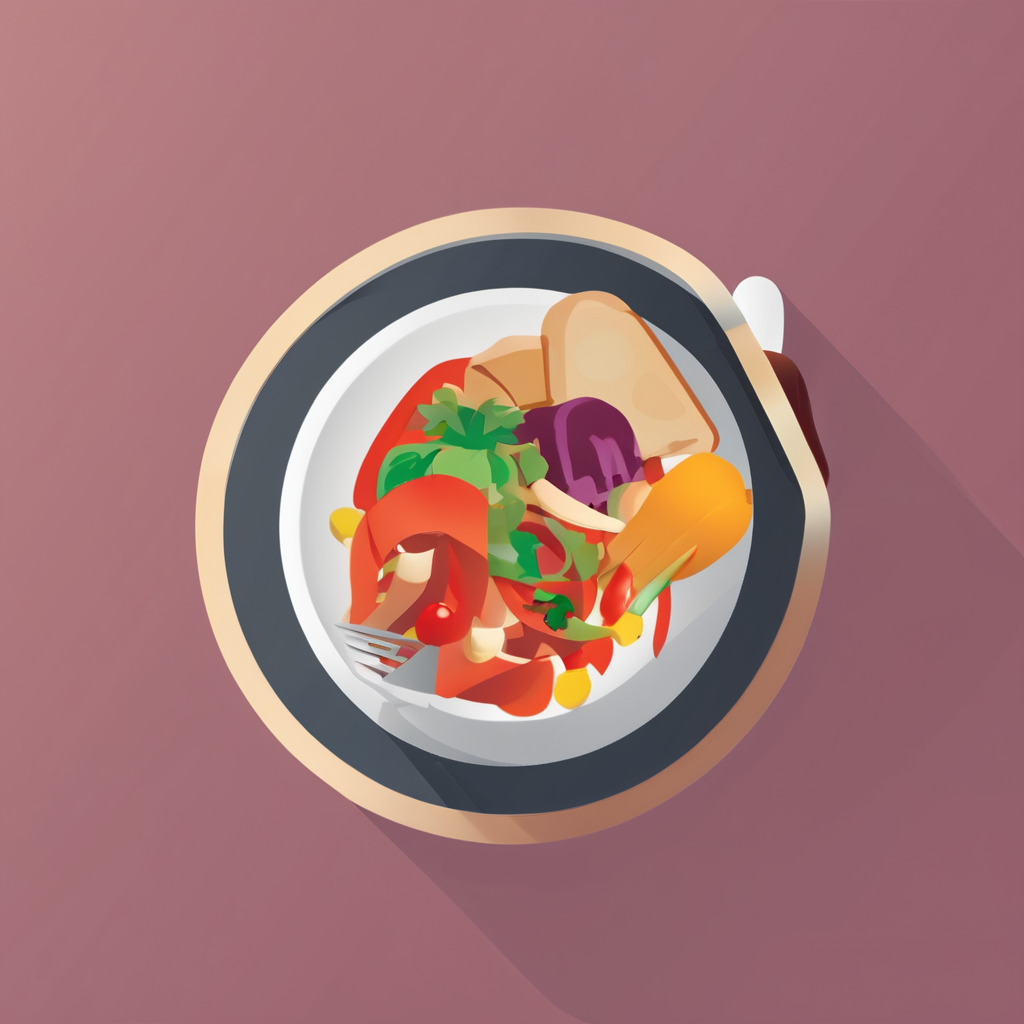Restaurant Innovations Reshaping Bar Culinary Trends
Restaurants in the UK are pivotal in shaping evolving bar culture through inventive culinary approaches. Recently, bars have embraced menu innovations inspired by contemporary restaurant trends, moving beyond traditional snacks to offer gourmet and fusion dishes. This shift reflects a broader UK restaurant trends movement where creative chefs experiment with flavors and presentation.
Such chefs often blur the lines between restaurants and bars, introducing elevated food concepts into bar menus. For example, bars now feature small plates with international influences, combining Asian, Mediterranean, and local British ingredients in fresh ways. This approach not only enhances guest experience but also attracts food enthusiasts seeking quality alongside their drinks.
Also to read : How do UK bars curate their wine lists to enhance dining experiences?
The impact of these restaurant-driven trends is clear: bars become destinations for innovative dining as well as socializing. Patrons enjoy complex, chef-curated bites that complement cocktails perfectly. These advancements broaden options and reflect the increasingly sophisticated palate of modern consumers within the vibrant bar culture evolution across the UK.
Chef Collaborations and Cross-Industry Partnerships
In the vibrant UK food scene, chef partnerships and collaborations between restaurants and bars are increasingly popular. High-profile chef-led pop-ups and bar takeovers offer unique opportunities to blend culinary expertise with inventive drink menus. These collaborations leverage a chef’s signature style, giving bar patrons an exclusive taste experience they might not find elsewhere.
This might interest you : How do UK kitchen bars cater to dietary restrictions and preferences?
Co-created bar menus, designed with input from renowned chefs, showcase the seamless integration of food and beverage craftsmanship. Such partnerships often lead to innovative pairings that elevate both the cuisine and cocktail offerings. This dynamic synergy benefits both sides: chefs expand their audience beyond traditional dining settings, while bars attract food lovers seeking novel experiences.
The outcomes of these restaurant–bar collaborations extend beyond creative menus. They foster community engagement and boost brand visibility. Moreover, they inject fresh energy into the UK food scene, encouraging experimentation and cross-pollination of ideas that push boundaries. These collaborative ventures serve as practical examples of how combining diverse culinary talents can generate standout moments in hospitality.
Fusion Concepts and Shared Ingredients in Bar Menus
Exploring how global flavours elevate bar snacks
The rise of fusion cuisine has brought a dynamic shift from traditional restaurants to bar menus, making bar snacks more sophisticated and flavour-packed. This trend reflects a movement where global flavours once exclusive to upscale dining are now adapted and reimagined for casual, social settings. For example, bar menu offerings often combine elements from different culinary traditions, creating inventive dishes that balance familiarity with exotic appeal.
Shared ingredients like premium cheeses, smoked meats, and fresh herbs bridge the gap between restaurant kitchens and bar counters. These high-quality components not only enhance taste but also add a sense of indulgence to bar snacks. This cross-inspiration indicates that bars are no longer just about drinks but also about pairing beverages with restaurant-quality food.
Restaurants often pioneer the use of rare or elevated ingredients, encouraging bars to incorporate them in forms suitable for informal dining. This adaptation respects the social, relaxed nature of bar environments while maintaining a culinary edge, turning simple bites into memorable experiences. The bar menu thus becomes a platform where the essence of fusion cuisine thrives in a fun, accessible way.
Influence on Bar Snack Menus and Small Plates
Exploring the fusion of tradition and innovation
Traditional bar snacks have undergone a remarkable transformation, fueled by heightened restaurant creativity. Once limited to simple nuts or crisps, these offerings now embrace inventive flavors and textures. This evolution appeals to patrons seeking more than just casual munchies, blurring the line between bars and full-service restaurants.
The rise of small plates has further revolutionized bar menus. Their shareable portions encourage social dining, aligning perfectly with bar environments where interaction thrives. This shift supports diverse palates and invites guests to sample multiple dishes without committing to a full meal, enriching the overall experience.
Additionally, menu inspiration drawn from upscale restaurant presentation has elevated bar dining aesthetics. Thoughtful plating and artistic touches in bar snacks enhance appeal, making these offerings visually enticing and complementing beverage selections. Bars adopting this approach not only satisfy hunger but also cater to the modern diner’s expectations for quality and sophistication.
In summary, the integration of restaurant-style creativity and presentation in bar snack menus and small plates has sparked a vibrant culinary crossover, redefining what patrons anticipate when ordering at a bar.
Cultural Exchange Between Restaurant and Bar Scenes
The UK food culture is evolving through a dynamic cultural exchange between restaurants and bars. This fusion results from sociocultural factors encouraging collaboration among chefs, bartenders, and operators. Increasingly, these professionals share techniques, ingredients, and presentations, blending culinary approaches to meet rising consumer demands.
Consumer expectations now blur the lines; diners seek not only quality meals but also innovative drink pairings and immersive experiences. This trend compels bars to adopt gastronomic sophistication, while restaurants experiment with cocktail creativity. Such cross-pollination enriches dining trends, making outings more holistic and engaging.
Industry experts note that this merging revitalizes both sectors. Chefs integrate bartenders’ emphasis on flavor balance and seasonal ingredients, while bartenders borrow plating aesthetics and menu storytelling from restaurant culture. This synergy benefits operators, driving customer satisfaction and business growth.
Understanding how restaurant and bar scenes intertwine offers insight into contemporary UK food culture’s future. As culinary boundaries dissolve, consumers enjoy richer, more varied experiences, reflecting broader shifts in dining expectations and preferences.
